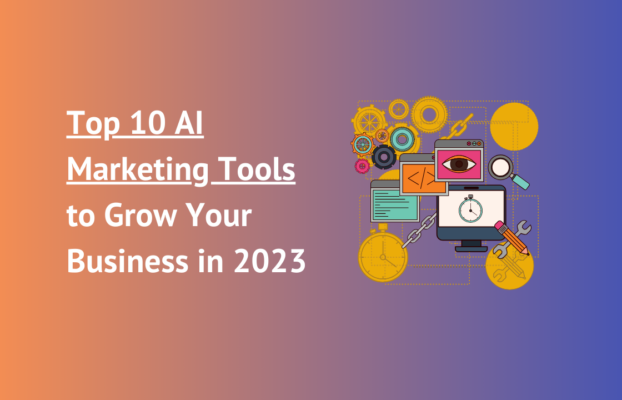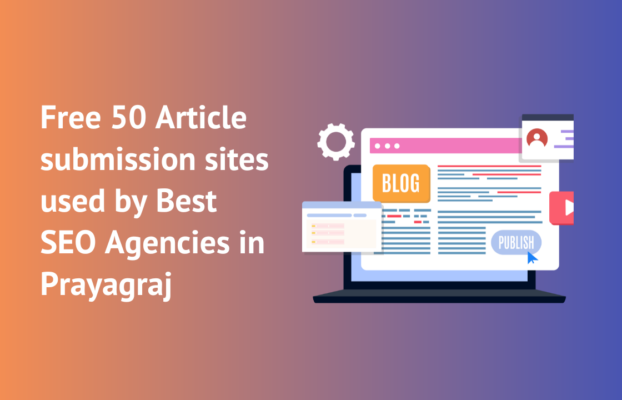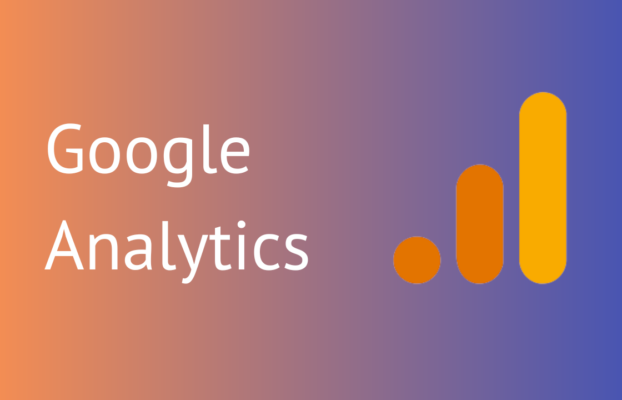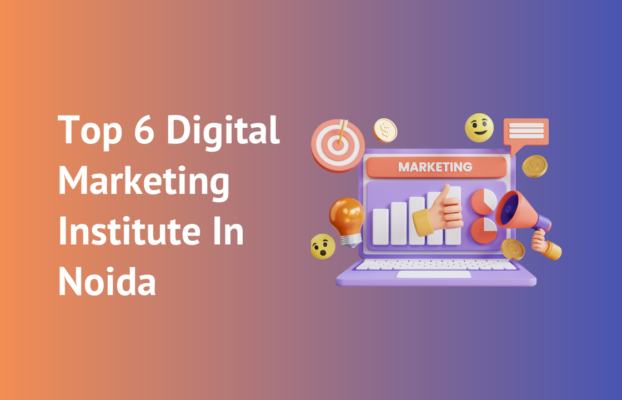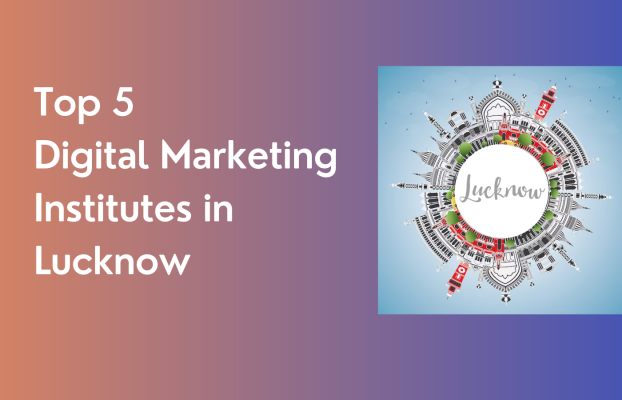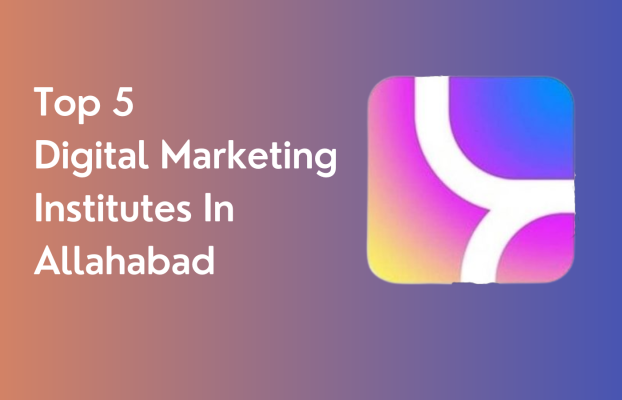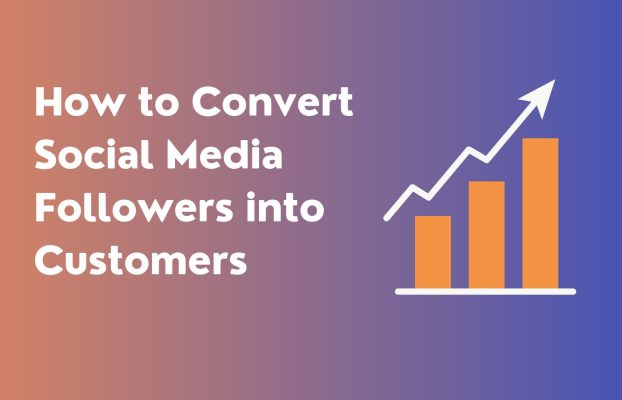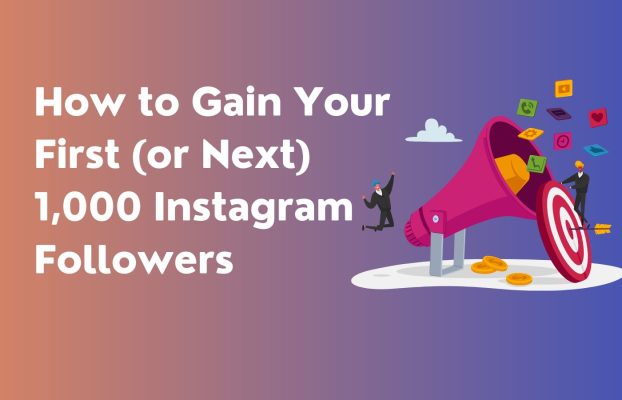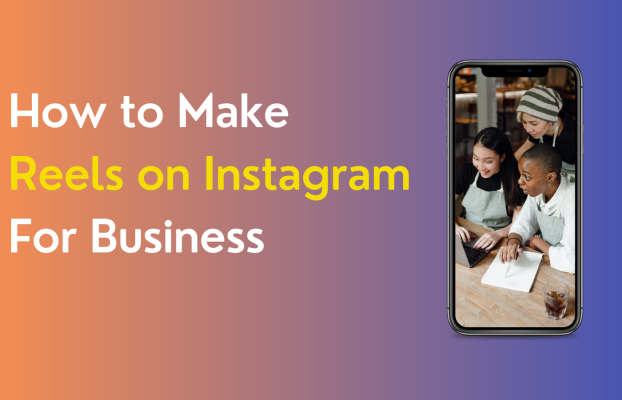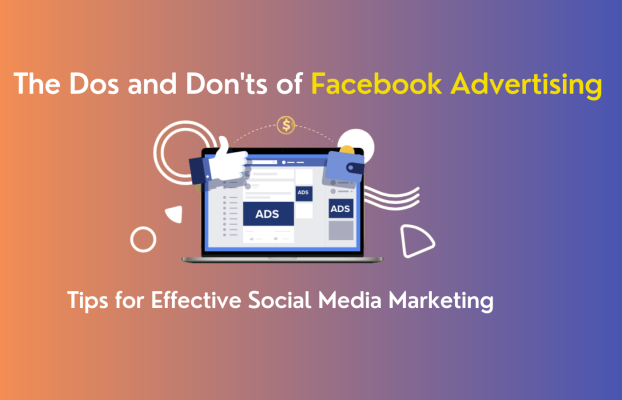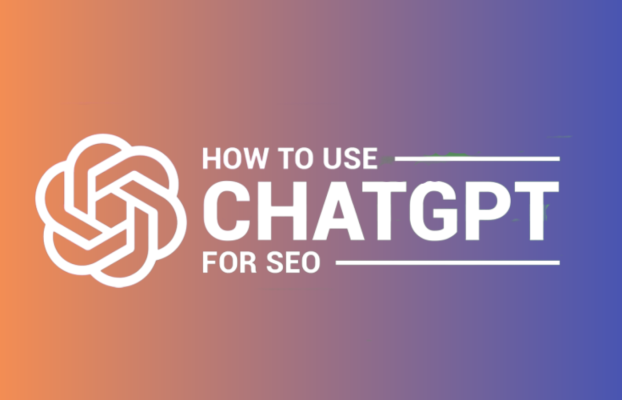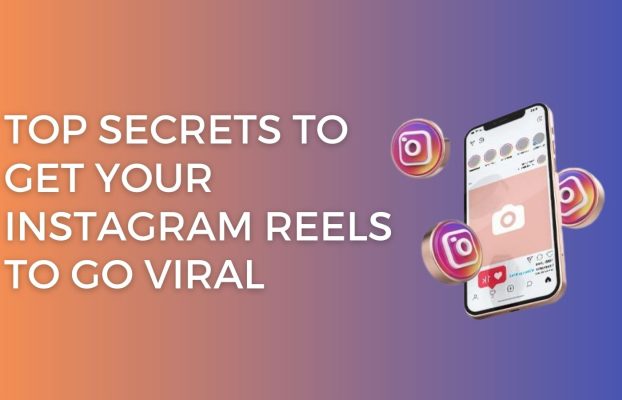Do you know that Google has its personal advertising system? Yes, that’s Google Ads or in other words, Google AdWords which allows its advertisers to bid on specific keywords to display clickable ads in Google search results. This is how Google makes money from searches, as advertisers have to pay for these clicks. Ever since the time of the pandemic, businesses have come online and because of this, demand for Google Ads and Google Ads Specialists has shot high which has made this area of digital marketing extremely in demand.
In this blog, you will learn about Google Ads and why it is in so much demand but before understanding Google Ads you need to know about its history first.
Google launched AdWords in 2000. Originally, AdWords advertisers paid for the service on a monthly basis, and Google set up and managed their campaigns. Google soon introduced its AdWords self-service portal to accommodate small businesses and businesses that want to manage their own campaigns. In 2005, Google launched a campaign management service called Jumpstart. The AdWords system was originally implemented in the MySQL database engine. After the system was launched, management decided to use Oracle instead but eventually reverted to MySQL after the
system slowed down significantly. Eventually, Google developed its own distributed Relational Database Management System (RDBMS) known as Google F1 dedicated to the needs of advertising businesses. The interface offers spreadsheet editing, search query reporting, and conversion metrics. In 2008, Google launched the Google Online Marketing Challenge, an in-class exercise for higher education students. Over 8,000 students from 47 countries participated in the Challenge in 2008, over 10,000 students from 58 countries participated in 2009, about 12,000 students participated in 2010, and in 2011 about 15,000 students from 70 countries participated in the year.
In April 2013, Google announced plans to add advanced campaigns to its AdWords to help manage campaigns for users on multiple devices. Advanced campaigns were intended to include advanced
reporting on users. The move caused controversy among advertisers.
In July 2016, Google introduced & quot;Showcase Shopping" ads. This format allows retailers to choose whether or not to display a set of images related to different searches or keywords in search results.
In October 2017, Google changed its AdWords daily budget cap from a maximum of 120% of its preset daily budget to a maximum of 200%. The change was rolled out the same day it was announced, leading to criticism from paid search experts. It has been clarified that overage charges will be refunded for campaigns exceeding. On June 27, 2018, Google announced that it would be renaming its Google AdWords to its Google Ads effective July 24, 2018.
Since then Google Adwords got its new name Google Ads and every now and then Google comes up with some new updates. Google Ads has worked brilliantly for those who want to show their presence online as it has various advantages. Some of them are listed below.
Advantages of Google Ads:-
1) Provides immediate results
The main advantage of using Google Ads is that it gives faster results than SEO. Optimised Google Ads campaigns focus on multiple keywords that provide immediate visibility, and can turn campaigns on or off at any time, taking less time and much faster results. But at the same time, you should also look at organic sources for long-term benefits.
2) Increase brand awareness
Google Ads is a great way to increase brand awareness. It's an added benefit that it provides for your business. Ensure that your message reaches the public through Google Ads. It is indirectly linked to your SEO performance because the more people search for your brand name, the higher your brand appears in Google rankings.
3) Expand your audience reach with Gmail Inbox
You can also engage with your audience right from your Gmail inbox and get super high leads. These ads run on both desktop and mobile devices. Gmail ads are significantly cheaper than search ads.
4) Reconnect with website visitors
Another great advantage of using Google Ads is the ability to re-associate website visitors. You can easily target window shoppers who visit every page of your website immediately. You can send them simple reminders and run remarketing and RLSA campaigns.
5) Always measure performance
Traditional advertising is much more expensive than Google Ads and its performance is difficult to measure. Google AdWords gives you accurate information about your KPIs. You can track –
● Users who clicked on your ad
● Generated Leads
● Traffic from AdWords to your website
● Most effective keywords
● Cost per lead
● After quickly assessing various performance metrics, you can update your campaigns accordingly.
6) Explore more things
Connect your Google Ads account to your Google Analytics account to explore unlimited variables. Google Analytics can help you understand many important things, such as:
● Landing page bounce rate
● Number of pages visited
● How long the visitor stayed on the page
● Information about new and returning visitors
You can easily measure your overall Google Ads performance and change what needs to be changed. Replace underperforming keywords, campaigns, or ads so you can try different things and get better results.
7) Do business reliably with competitors
If you want to track your competitors further, you can do so because the Google Ads system is so transparent. You can easily monitor their performance and plan your marketing strategy accordingly.
By now you must have realised why Google Ads is sitting on the throne of digital marketing. Now let’s dive into different types of Google Ads so that you can understand it’s working more efficiently.
The platform gives many locations to put it on the online market via numerous Google services and its considerable networks of over a million third-party apps and websites. With the help of Google, you can place your ads on many areas like:-
Types of Google Ads-
● Google Search
● Gmail
● Google Shopping
● Google Maps
● YouTube
● Google Discovery
Altogether, depending on the type of content and content strategy you are applying, your
advertisement will be shown to the audience that is interested in your product and services. Also, there are different types of ads to target potential audiences at the different stages of the sales funnel
which are given below:-
Types of Ads-
● Search Ads (Text Ads)
● Google Shopping Ads (Product Ads)
● Video Ads ( YouTube Ads)
● Display advertisements (Image and Banner advertisements)
● App Ads (Through Google AdMob)
Search Ads-
These are content ads that appear on Google search results pages. The advantage of search ads is that your ads can appear where most searchers look for data first- Google. Additionally, Google shows ads as separate results with similar placements (apart from being “Ads”), so customers get used to seeing and tapping results.
Shopping Ads:
Google Shopping is a feature of the Google search engine that compares products. Google Shopping allows e-commerce merchants to visually promote their products directly on the search engine and provide key information about each product to make it easier and more reliable for customers to convert.
Video Ads-
Video advertising is a marketing strategy that involves creating short, informative videos that promote your product and play before, during, or after your main video. It helps you tell a story, increases sales, generates excitement, communicates information in a concise and engaging way, and reaches a wider audience.
Display Ads:
Display advertising is a method of persuading viewers of a website, social media platform, or other digital media to take a specific action. These often consist of text, image, or video ads that encourage users to click on a landing page and take action (such as making a purchase).
App Ads:
Google App campaigns promote mobile applications through ads that appear on the Google Search Network, YouTube, Google Play, Google Display Network, and more. You can show
your viewers an ad that encourages them to install your app or, if they’re already using your app, take a specific action within your app. Till now you must have understood about Google ads and what all things it can do for you. Now to set
up and create a google ad you must follow the given steps-
STEP 1- Create an account for Google Ads.
STEP 2- Select a name for your business and a website.
STEP 3- Choose your advertising objective.
STEP 4- Create a powerful advertisement.
STEP 5- Add Keywords
STEP 6- Set the location where you want to run your Ad.
STEP 7- Set budget.
STEP 8- Do the billing.
STEP 9- Link Google Analytics account.
STEP 10- Set up conversion tracking.
In today’s world, Google Ads is something every company or business needs, and having it as a skill will be a fantastic thing to begin your journey into digital marketing, it can become one of the most important skills by which you can upgrade your job profile. However, if you combine Google Analytics with essential graphic design and digital marketing techniques, you’d be well on your way to a
successful career in this industry.


